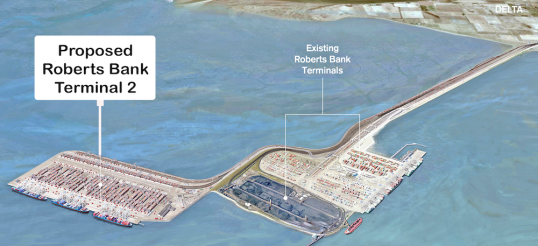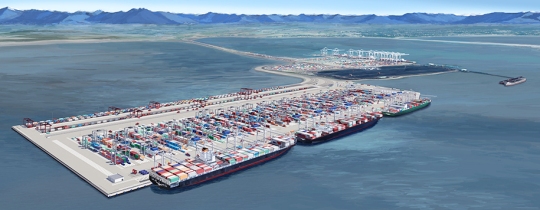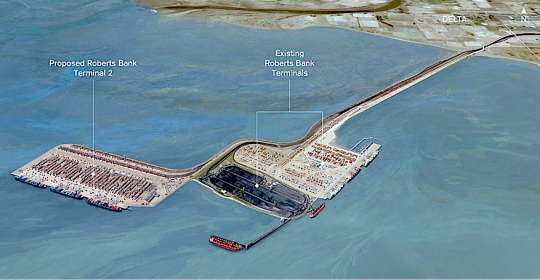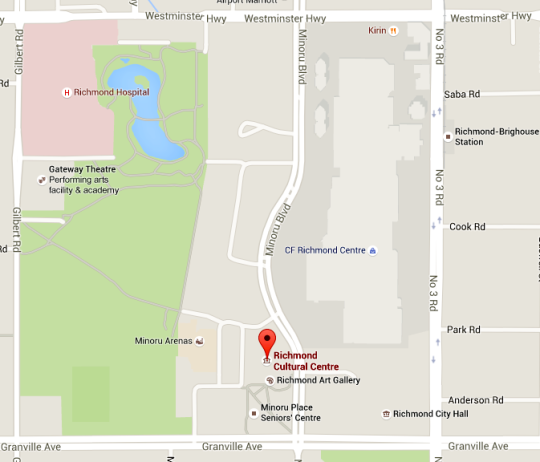 Many citizens have addressed BC transport minister Todd Stone’s double-speak about the George Massey Tunnel Replacement Project, but it’s still crucial to focus on the elephant in the room, the dredging aspect.
Many citizens have addressed BC transport minister Todd Stone’s double-speak about the George Massey Tunnel Replacement Project, but it’s still crucial to focus on the elephant in the room, the dredging aspect.
Stone recently wrote, “The province will not dredge the river as part of the project.” Of course not! First, dredging is a federal, not provincial, responsibility that is carried out by the Port of Vancouver (PoV). Second, dredging a 34 km navigation channel would obviously not be part of a tunnel-bridge project. (It would, however, be enabled by the tunnel-bridge project.)
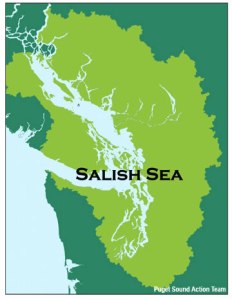 Beyond the doublespeak, the dredging is a pivotal factor in the threatened future of the Fraser Estuary, as well as the Fraser River and Salish Sea. And facts matter.
Beyond the doublespeak, the dredging is a pivotal factor in the threatened future of the Fraser Estuary, as well as the Fraser River and Salish Sea. And facts matter.
Dredging the navigation channel deeper than the current 11.5 metres—for safe clearance above the tunnel—has long been proposed. The proposals go back to at least 2006, in the Pacific Gateway Strategy Action Plan. (See page 20, which is PDF page 32.)
Along with that, PoV has been sure since September 2012 that deeper dredging would entail removing the tunnel. (Adding depth by dredging the protective layer of sand above the rock ballast and tunnel was known to be unsafe by then. See Deep Dredge Appendix 1.)
In April 2013, a letter from the PoV CEO to the Massey Project’s executive director urged “Replacing the tunnel with a new crossing that allows larger vessels to access industrial sites along the river.” (See Deep Dredge Appendix 2.)
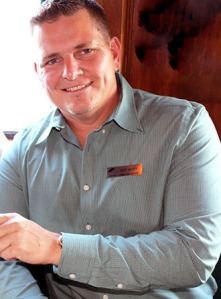 Fraser Surrey Docks (FSD) operates the main Fraser cargo terminal, and FSD CEO Jeff Scott is clear: “We’ve proposed a five-year project, which would take us to 13.5 metres in steps over that period” (Business in Surrey, June & July 2013—see Deep Dredge Appendix 3).
Fraser Surrey Docks (FSD) operates the main Fraser cargo terminal, and FSD CEO Jeff Scott is clear: “We’ve proposed a five-year project, which would take us to 13.5 metres in steps over that period” (Business in Surrey, June & July 2013—see Deep Dredge Appendix 3).
 The October 2013 PoV President’s Report by CEO Robin Silvester (Deep Dredge Appendix 5)) says 13.5 m would enable the fleets for dry or liquid bulk (dilbit, LNG, US thermal coal, etc.) “to transit the river fully laden.” That would include Panamax vessels of up to about 80,000 deadweight tonnes (DWT) and some Aframax vessels, even larger.
The October 2013 PoV President’s Report by CEO Robin Silvester (Deep Dredge Appendix 5)) says 13.5 m would enable the fleets for dry or liquid bulk (dilbit, LNG, US thermal coal, etc.) “to transit the river fully laden.” That would include Panamax vessels of up to about 80,000 deadweight tonnes (DWT) and some Aframax vessels, even larger.
Since the other rationales for a bridge are weak, tunnel removal is the likely reason it was chosen.
We desperately need an independent review of the costs and benefits of all aspects of the proposed tunnel removal, including triggered proposals like the deep dredging. That includes ongoing economic cost and the deadening ecological cost of battering the estuary.
________
Additional appendixes with supplementary information:
Deep Dredge Appendix 4, from a research report by Douglas Massey, includes a key insight in the bottom paragraph. It refers to a meeting of Feb. 2,2012 to plan a strategy for removal of the George Massey Tunnel. The participants (BC government Port Metro Vancouver, Fraser Surrey Docks, etc.) are listed in the second paragraph. The final paragraph includes Port Metro Vancouver’s response about the channel depth needed for the larger ships they envision going past the tunnel location: “the depth should be 15.5 m over 50 years and 18.5 over a 100 year period.”
Deep Dredge Appendix 6 is from the Gateway Transportation Collaboration Forum 2015 report. The described “Fraser River Deepening Project” implicitly requires removal of the tunnel. Port Metro Vancouver would have some way to say the project to dredge the channel isn’t a plan to dredge the channel, but any reasonable person can see clear intent to dredge the channel (after tunnel removal).
Deep Dredge Appendix 7 is a letter from the Port of Vancouver (a.k.a. Port Metro Vancouver” and “Vancouver Fraser Port Authority”) to the BC Environmental Assessment Office, which had asked about Fraser River dredging related to environmental assessment of the “proposed George Massey Tunnel Replacement Project.” In the three-page PoV letter, the relevant thirteen words are on the second page, with my yellow highlighting added. PoV wrote: “The port authority currently has no plans to create a deeper navigation channel.” They can play semantic games with “currently” and “plans,” but contrasting truth is that PoV certainly had the intent to do it. The reality is that the answer was very misleading
____________
Update, Feb. 16, 2017: Here is the full George Massey Tunnel Replacement project application to the BC Environmental Assessment Office. That’s 4418 pages of PDF! I find it simplest to refer to the PDF page numbers. Roughly 27 times, the application claims that “the Ministry is unaware of any plans by others to dredge the river deeper.” Unless the Ministry wears a blindfold and ear plugs, that must be false, as shown in this article (including the appendixes).
Since the application shows that roughly a dozen Indigenous groups had expressed concerns about related dredging, the invalid consultation includes all of those groups (along with many other parties). For details, search for “dredging” from around PDF page 2248 on in the application.
Update, Feb, 20, 2017: See also “Smoking gun in the case of the vanishing tunnel,” the article above this one.





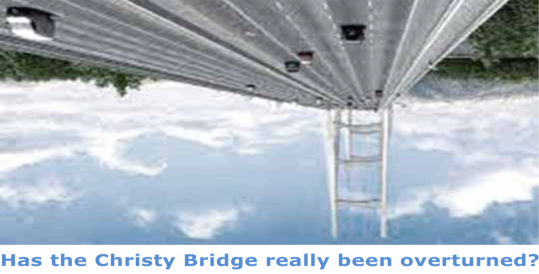










 It had been the expected way to expand the tunnel ever since 1955, when the engineering consultants recommended it in the Fraser River Highway Crossing at Deas Island report. That obvious method was to add a tunnel tube in the tunnel corridor to expand the tunnel by at least two lanes. (See page 13 in this excerpt from the
It had been the expected way to expand the tunnel ever since 1955, when the engineering consultants recommended it in the Fraser River Highway Crossing at Deas Island report. That obvious method was to add a tunnel tube in the tunnel corridor to expand the tunnel by at least two lanes. (See page 13 in this excerpt from the  The project included that long-intended step in Scenario 4, “Maintain Existing Tunnel and Build New Crossing along Highway 99 Corridor” (Phase 2 Discussion Guide, p. 2.)
The project included that long-intended step in Scenario 4, “Maintain Existing Tunnel and Build New Crossing along Highway 99 Corridor” (Phase 2 Discussion Guide, p. 2.)

















